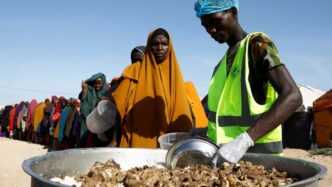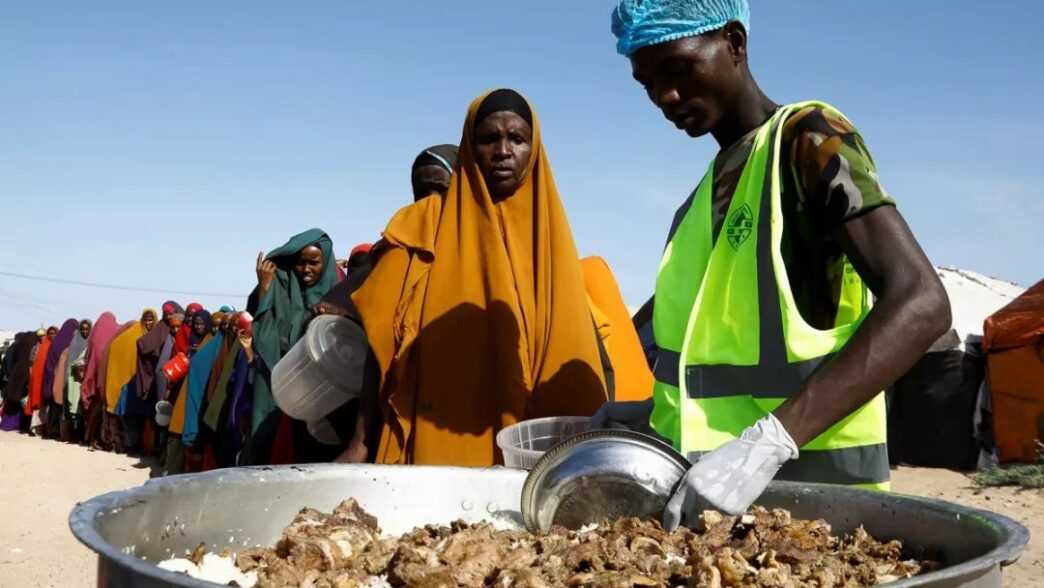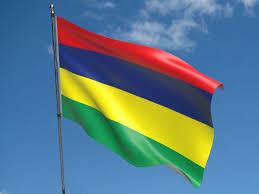In a significant development for Somalia’s humanitarian landscape, the United States has announced a shift in its emergency food aid strategy, stirring uncertainty among aid organizations and vulnerable communities already grappling with prolonged drought and insecurity.
The U.S. Agency for International Development (USAID) is moving away from direct food shipments to a cash-based aid model. While officials say the goal is to boost efficiency and support local markets, critics warn the sudden change could create logistical gaps, especially in remote areas with limited access to functioning markets.
Somalia remains one of the most food-insecure countries in the world, with nearly five million people needing urgent humanitarian assistance. The country’s fragile security situation—exacerbated by climate shocks and ongoing conflict—makes it difficult for aid to reach the most affected populations.
Aid workers on the ground have expressed concern that without a well-coordinated transition plan, the new model could delay relief efforts at a time when famine conditions are feared in several regions. Communities in south-central Somalia, already hard-hit by drought, could be especially vulnerable to disruptions.
As Somalia faces another challenging year of food insecurity, the U.S. policy change highlights the complex balancing act between modernization and humanitarian urgency. For those most at risk, timely, consistent aid remains not just a necessity, but a lifeline. All eyes are now on how effectively the new approach can be implemented without leaving the most vulnerable behind.













